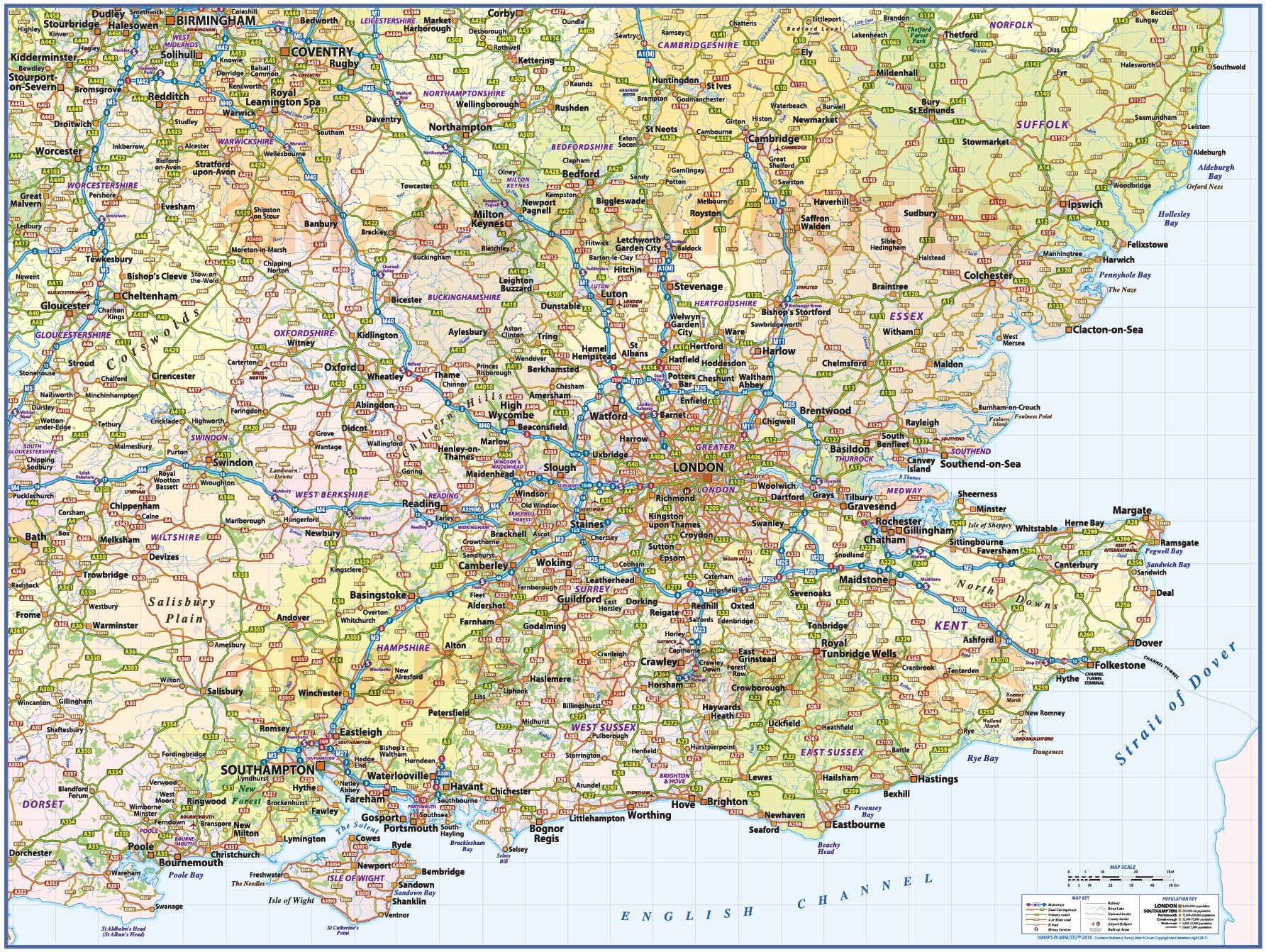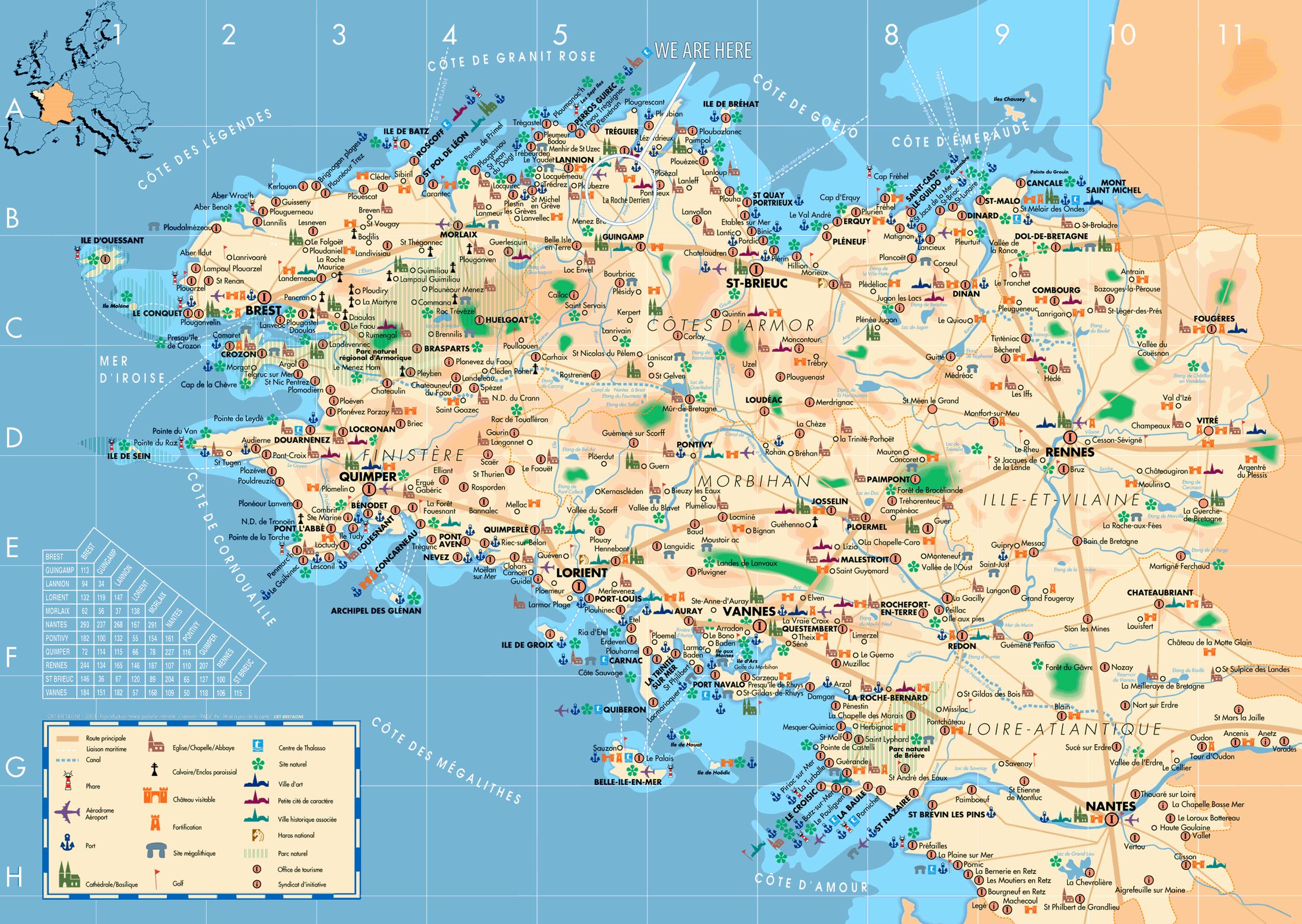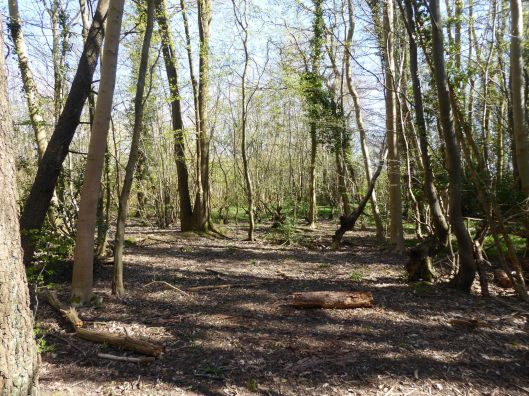This last autumn and winter have been especially wet, so walking from home has not often been possible because of the mud and deep puddles everywhere. In fact, I don’t think I have walked along our lanes since the autumn, though Richard has – he is a hardier soul than me! The field paths are probably very squelchy and much too difficult for me to walk on as well. Most of my recent walking has been town or city-based when I have driven to Norwich, Halesworth, Beccles, Harleston or Bungay to shop.
I have taken a few photos, mainly with my phone during my recents trips to Bungay and I thought I would share some of them with you.
When I first moved to East Anglia in the 80’s I was told that in former times there used to be lots of mistletoe here but it had virtually disappeared from this part of Suffolk. It had mainly grown on apple trees and when the fruit farmers decided that growing apples had become uneconomical because of cheap imports, many of the old orchards were grubbed up and the mistletoe went too. Recently, I have noticed mistletoe making a come-back, mainly in the towns rather than the countryside. Mistletoe is a partial parasite and makes it’s home on a variety of trees – apple, lime, hawthorn, poplar, maple and willow and the best time to see it is during the winter when the host trees have lost their leaves. There are many trees in Bungay with mistletoe but I have just included three examples.

The darker masses on this tree (I think it’s a hawthorn) opposite the Co-Op supermarket are mistletoe plants (Viscum album )

Balls of mistletoe on trees in-between where the Co-Op is situated and the centre of the town.

Mistletoe on trees at a road junction.
A little further on from the road junction and close to the centre of town is a road called Wharton Street and that is where the library is. On the opposite side of the road to the library is a house sporting a popular architectural feature seen on many houses in Suffolk; an oriel window.

House with oriel window.
Probably because parts of Bungay were owned by the Dukes of Norfolk who are Roman Catholic, Bungay has a fine Roman Catholic church and an attached Roman Catholic primary school.

A poor picture of the Roman Catholic church in Bungay taken from the church yard belonging to the redundant Church of England Priory Church of St Mary next door.

The Priory Church of St Mary. A redundant church looked after by a charity.

Holy Trinity church.
Holy Trinity church is the parish church in Bungay and is found behind the Abbey Church. It is a smaller building and so easier to look after than the enormous St Mary’s church. Holy Trinity was not damaged in the dreadful fire during the 1600’s whereas the Abbey church was; two of the people sheltering inside the Abbey church were killed by molten lead from the roof falling on them.

Here is the Butter Cross in the centre of Bungay. A market is held here once a week on a Thursday. Here is more information about the markets in Bungay.

Cork Bricks
This little passageway between houses is called Cork Bricks. A strange name for an alleyway but during the 1890’s the owner of the house on the left of the photo had the cobbles replaced by cork bricks when his wife was ill and was greatly disturbed by the noise of traffic clattering past the house. Read here for more information. If you look at the sign on the archway over the entrance you will see a running black dog on the top. The dog is ‘Black Shuck‘, a phantom hound that features quite heavily in East Anglian folklore.

Bridge Street
I walked down Bridge Street towards the River Waveney. The Waveney is the border between Suffolk and Norfolk and once the Falcon Bridge is crossed Bridge Street becomes Ditchingham Dam and we have entered Ditchingham in Norfolk.

Boroughwell Lane
Just a step or two down Bridge Street from the Market Place is a tiny lane off to the right. This is Boroughwell Lane where the town well was situated. The lane makes a sharp right turn further along and ends up near Holy Trinity church.

Bridge Street looking back up towards the Market Place with the cream-fronted Chequers Inn on the right.
Bridge Street is a one-way road for cars; drivers can only go down from the Market Place but cyclists, using the cycle lane marked on the left of the carriageway, are able to go up the hill to the market place.

Bridge Street looking down it in the direction of the bridge.

Further along Bridge Street looking towards the Market Place. The houses are painted so brightly and look very cheerful.
On the left of the photo is a red brick house called The Music House and just beyond it you can see an evergreen tree standing at the entrance to a courtyard.

The courtyard.
Both the houses you see here have had well-known people living in them. The red brick house on the left (The Music House) was once stayed in by the writer, politician, diplomat and historian François-René Vicomte de Chateaubriand. After being wounded during the Siege of Thionville in 1792 he was exiled to England and spent most of his time living in extreme poverty in London. For some reason, he came to Bungay and stayed at the house (now the Music House) of a Mr and Mrs Ives. He fell in love with their seventeen year-old daughter Charlotte but the romance came to an end when Charlotte’s parents discovered that the Vicomte was already married! The wedding ceremony had taken place shortly before he had gone off to war. It was a marriage arranged by his family and he had never met his bride before the ceremony. He was constantly unfaithful to his wife and also changed his allegiance a number of times. He was appointed to an official position by Napoleon on his return to France but he eventually resigned in disgust after Napoleon had Chateaubriand’s cousin executed. Chateaubriand published a strongly-worded criticism of Napoleon for which Napoleon threatened to have him sabred on the steps of the Tuileries Palace! In the end he was just banned from entering Paris. He eventually returned to England as Ambassador to France in the 1820’s where his personal chef created the Chateaubriand steak dish you might have heard of.

Chateaubriand – self-confessed greatest lover, greatest writer and greatest philosopher of his age! (Thanks to cdn.britannica.com for the image)
The white house in the courtyard, Bridge House, (look! it has an oriel window) was lived in by the writer and actress Elizabeth Jane Howard for the last twenty-four years of her life. She died in 2014 at the age of ninety. Abused by her father and unloved by her mother she looked for love all through her life and never found what she seeked, a stable, loving relationship. She was married three times firstly to Peter Scott the naturalist and son of Robert Falcon Scott the explorer, secondly to another writer James Douglas Henry and lastly to Kingsley Amis the novelist. She moved to Bungay after a friend, the artist Sargy Mann, said the house next-door was for sale and it would suit her. It did, and she bought it straight away. She loved the long garden which led down to the river and re-designed and re-planted it. Here is a wonderful obituary written by her friend Hilary Mantel. Elizabeth Jane Howard wrote the Cazalet Chronicles as well as a number of other superb novels. Her autobiography, Slipstream is one of the most honest I have ever read. She never glosses over anything she’d rather not admit to as other writers often do.

Elizabeth Jane Howard (with thanks to Babelio.com for the image)

More houses in Bridge Street

The last house before the bridge.

Here I am on the Norfolk side of the bridge looking towards Suffolk.

The River Waveney in its winter gloom.
I hope you have enjoyed this tour of a part of Bungay in Suffolk.

























































































































